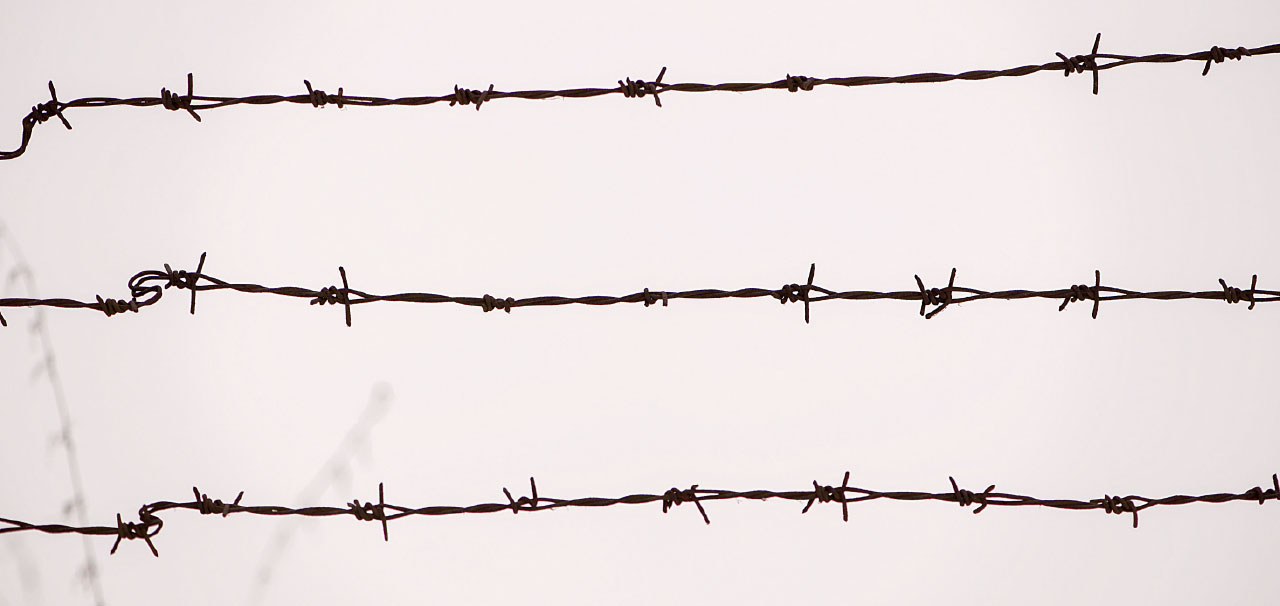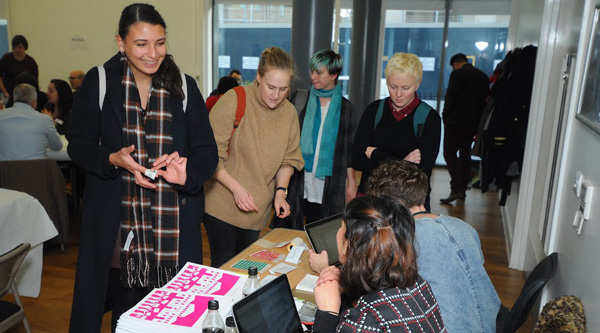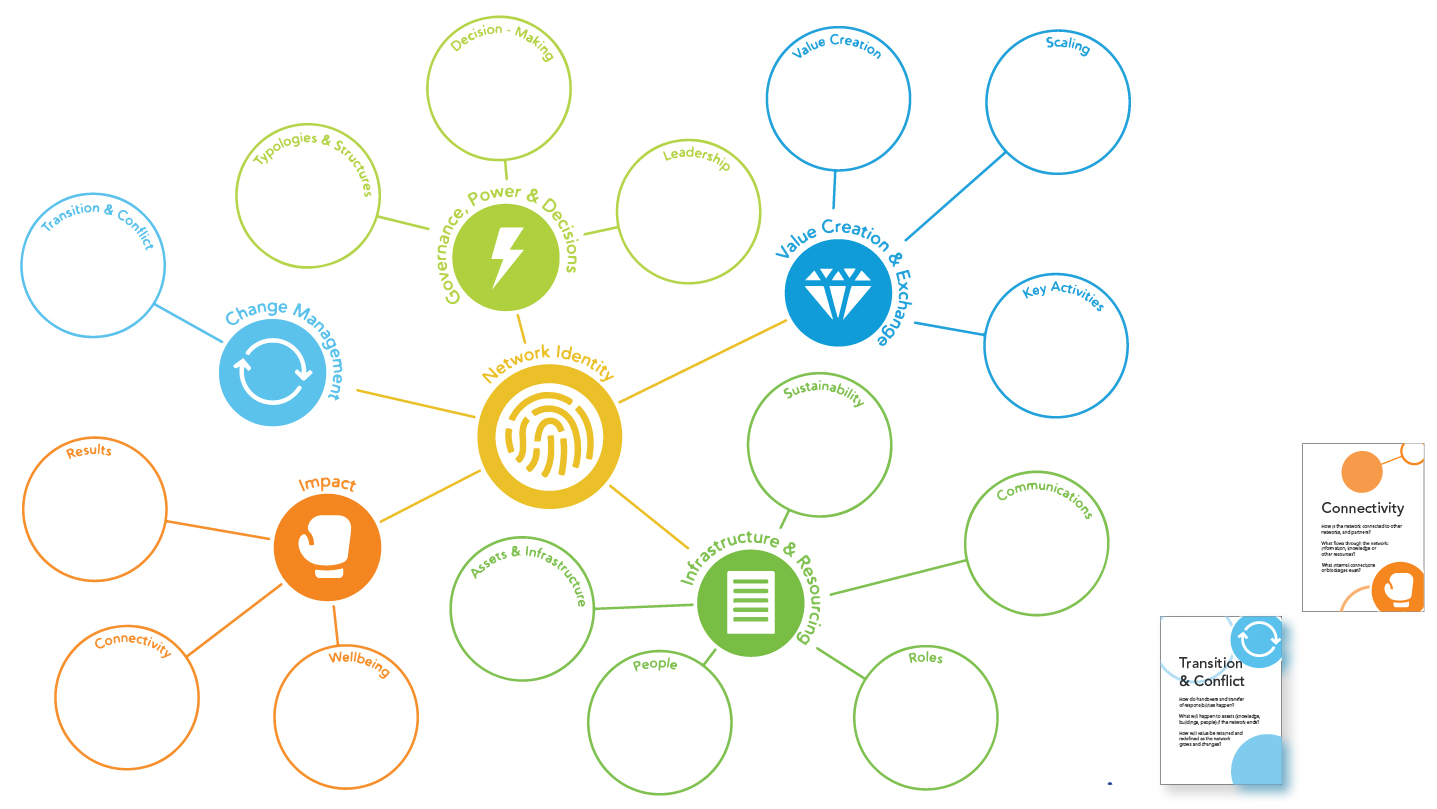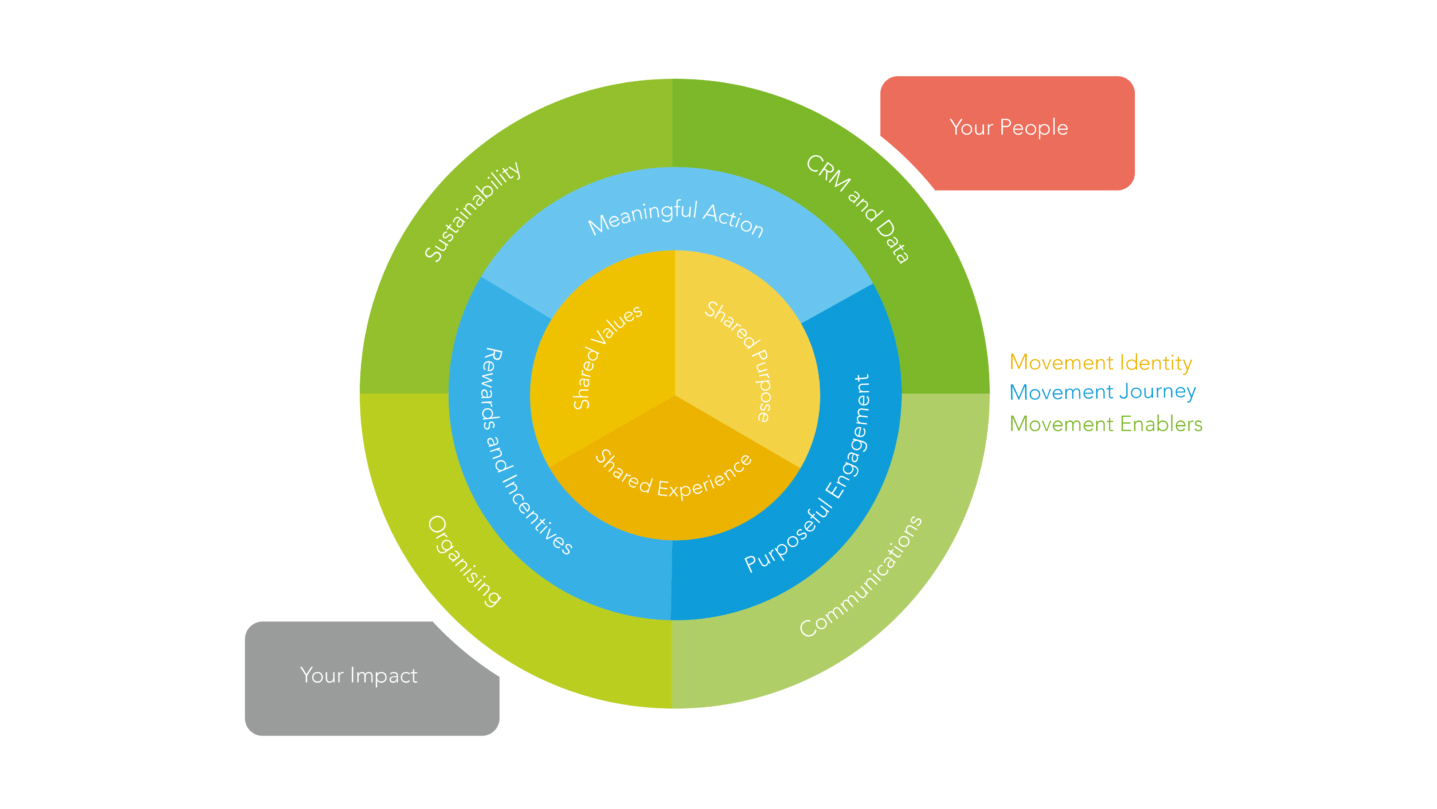Choose Love: What makes an effective volunteer response in times of crisis?
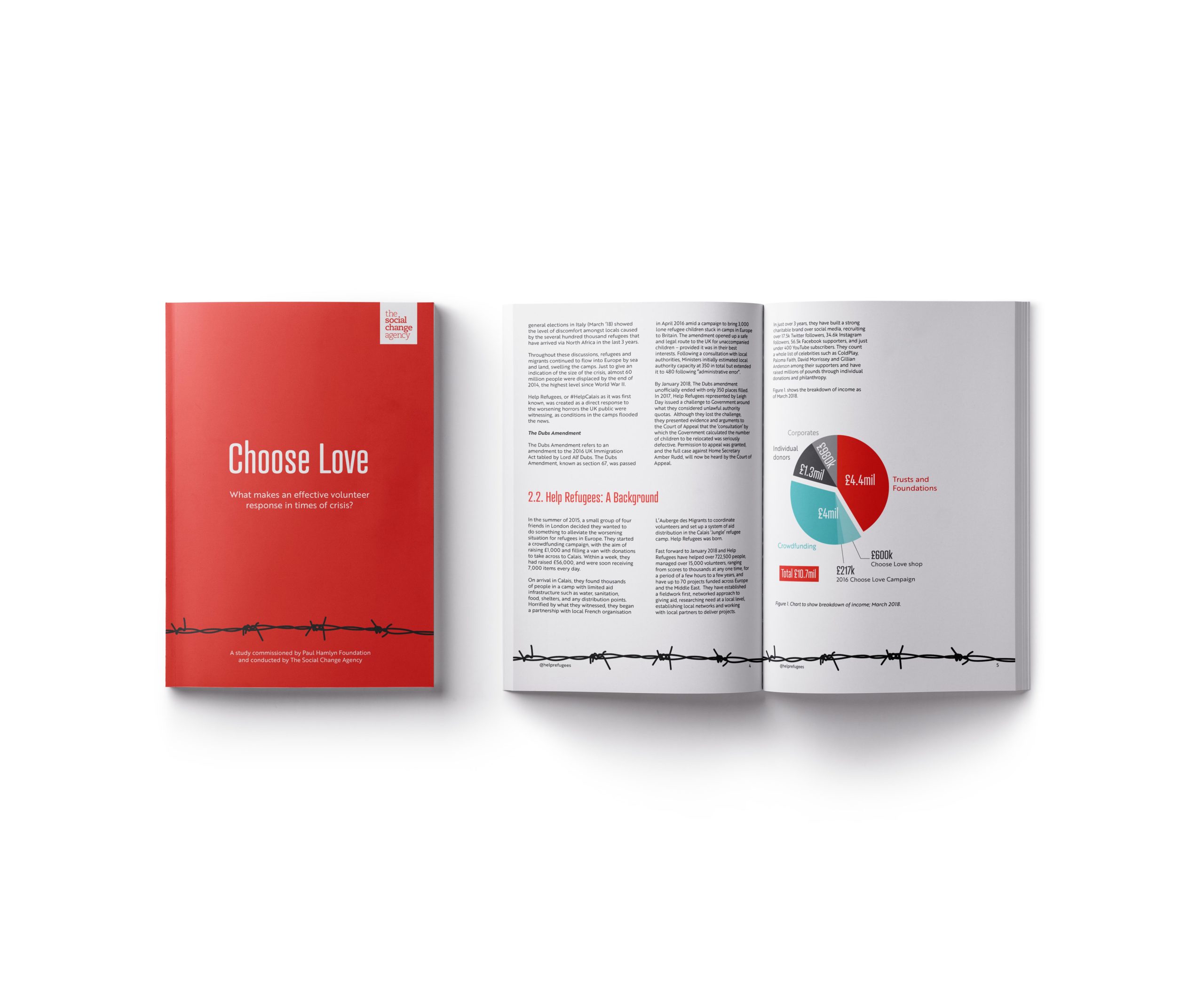
How did Help Refugees form, develop their networks, recruit volunteers and scale up?
The formation of Help Refugees was fast, organic, and reactive. What began as a desire from a small group of friends to do something to help refugees in Calais seemed to tap in to a latent desire among the British public to contribute. Help Refugees very quickly grew into the largest recognised aid operation in Northern France, before expanding operations to twelve countries across Europe and the Middle East. The organic expansion occurred as Help Refugees followed the needs and emergencies of migrants and refugees back along the migratory routes from Calais to the countries of crisis. Funds that came from the public were unrestricted (and unreliable) so support was based on emergency need.
As activity grew, the eco-system grew alongside it, and when the public read and saw what was happening, more money flowed through. The role of partner organisations at a grassroots level enabled Help Refugees to access infrastructure and mobilise quickly. Because of their ‘fieldwork first approach’, as they grew, Help Refugees always had someone on the ground reporting what was happening – covering due diligence of other organisations, reporting, monitoring and comms content, essential for fundraising and demonstrating impact.
In the very first month of activity in Calais, Help Refugees realised that there was more to gain through having the clarity of their own brand identity and quickly responded by producing their own voice, platform and communications. This clarity alongsidethe messaging which resonated with the public, creating pipelines of volunteers and supporters propelled Help Refugees to spearheading the movement it is today.
Interviews reveal a range of factors that contributed to this rapid scale up.
Choose Love: What makes an effective volunteer response in times of crisis?

